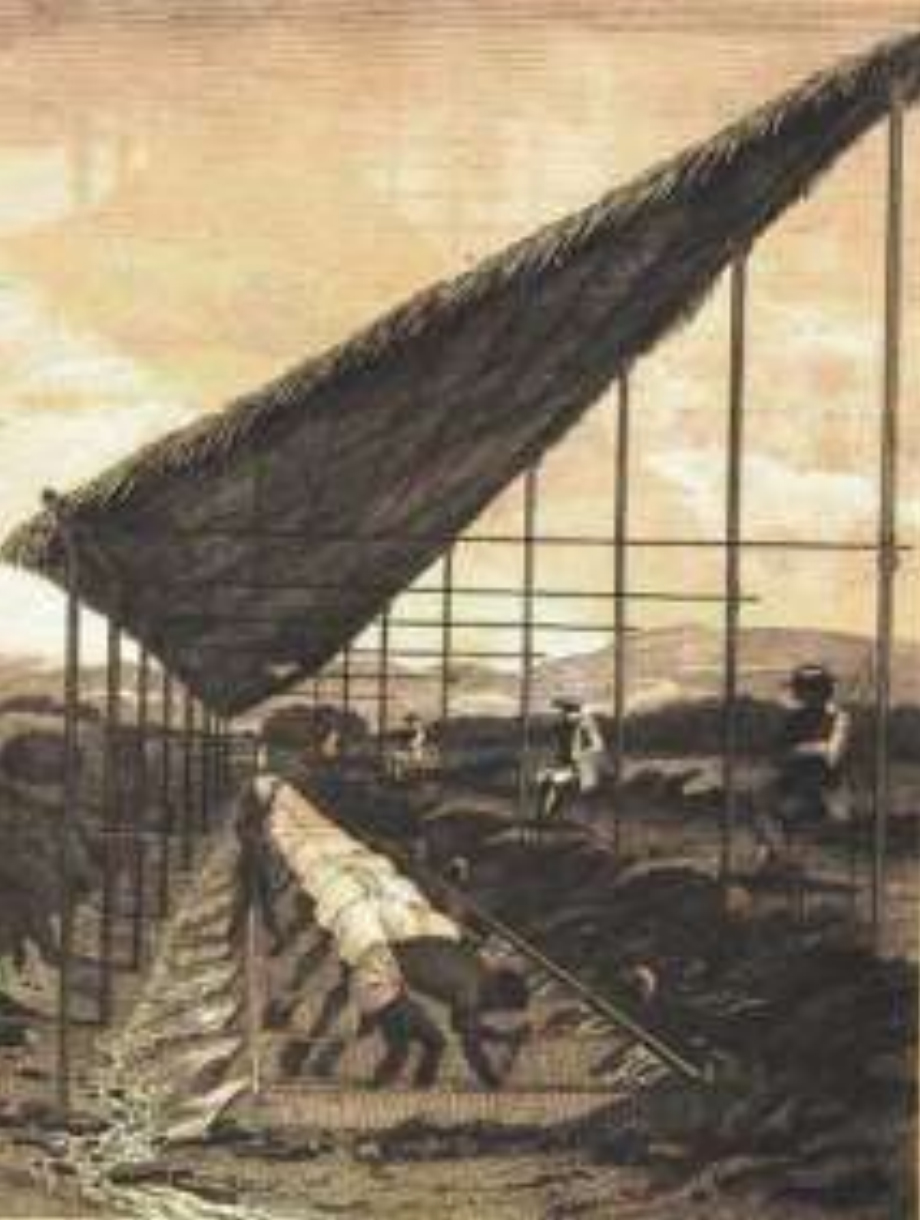Luxury and Labour, a global trajectory of diamond consumption and production, 16th -19th century
In the past four hundred years large scale circulations of people, ideas and commodities took place, leading - amongst other things - to shifts in labour relations worldwide. Many historians share the idea that consumption plays an important role in the production of these commodities and therefore also in shaping labour relations.
The consumption of luxury commodities is a well studied in this respect. However, up until now, studies on the effects of the globalization of luxury commodities are mostly confined to commodities that turned into 'every day luxuries' in the 18th century, such as coffee, tea, sugar, cocoa and tobacco.
As a first step in a new direction of research on global luxury consumption and production, this case study wants to analyze the effects of the globalization of a durable luxury commodity on labour relations worldwide. Diamonds are chosen because they, more than any other luxury commodity, have a long history of globalization, characterized by few though often changing centers of production, manufacturing, trade and consumption, each strongly interconnected.
Central question of this research project will be how the globalization of the diamond trade and finishing industry - spurred by increasing consumer demand - affected labour relations in this sector worldwide. Thereby we will look at all segments of the production process 'from the mine to the finger'.
- Researcher: Prof. dr Karin Hofmeester
This research project is funded by the Fritz Thyssen Stiftung and is a collaborative project with Prof. dr Jürgen Osterhammel of Konstanz University



